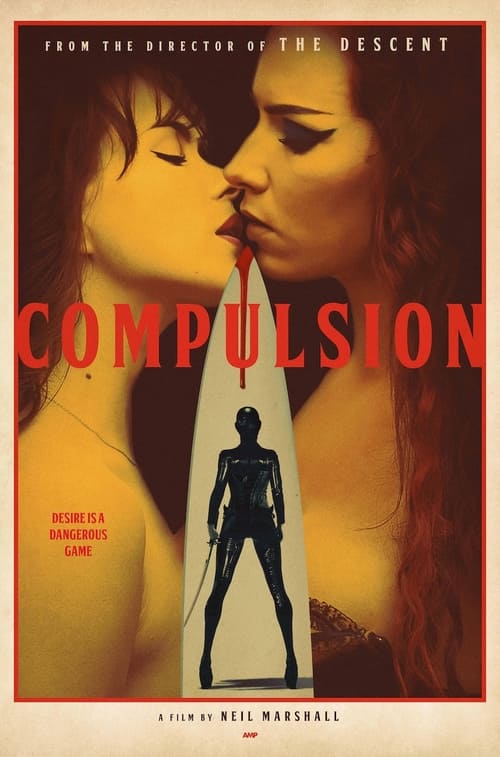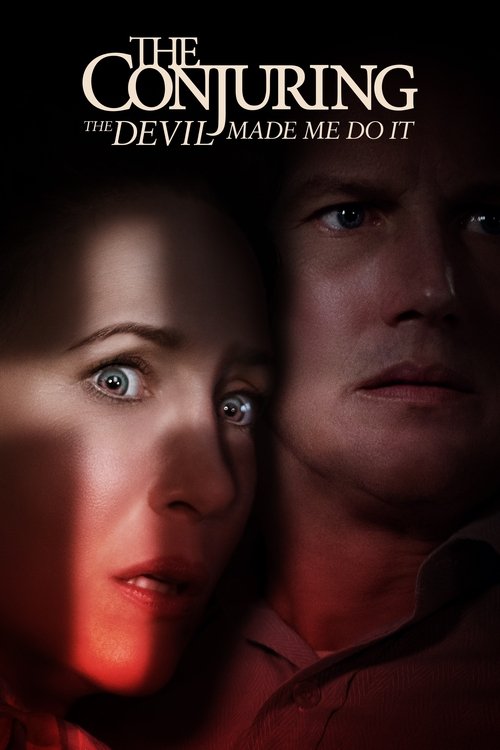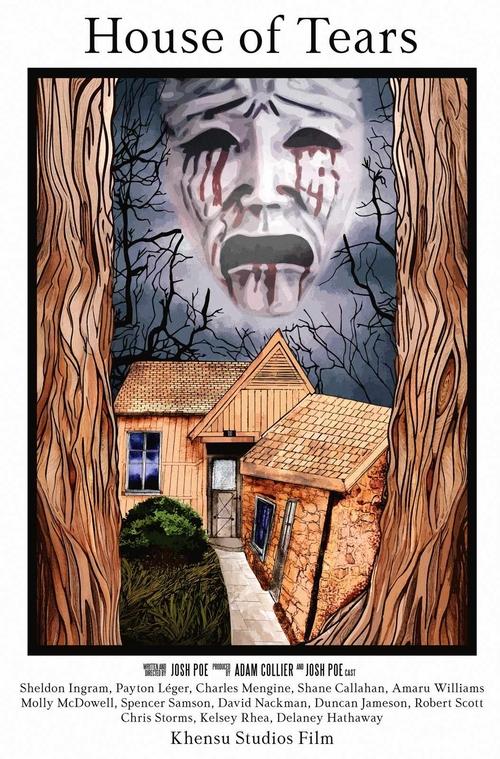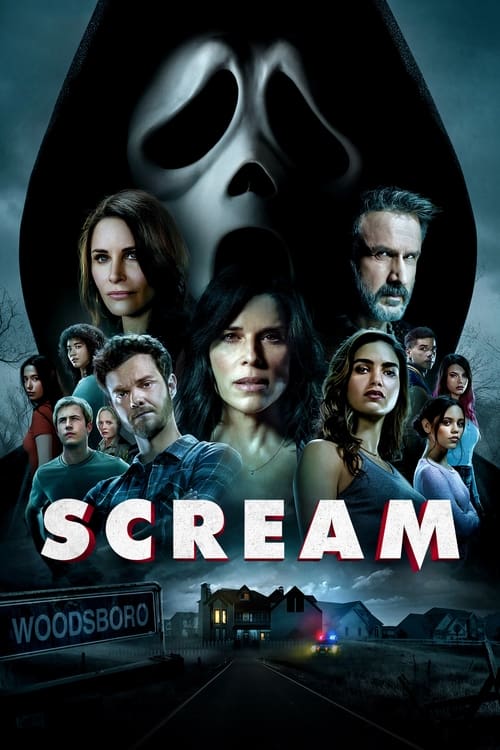
Ask Your Own Question
What is the plot?
What is the ending?
In the ending of "Loved," the main character, a woman named Sarah, confronts her past and the choices she has made. After a series of emotional revelations and confrontations with her estranged family, she ultimately finds a sense of closure and acceptance. The film concludes with Sarah embracing her new path, symbolizing hope and the possibility of healing.
As the final act unfolds, the scene opens with Sarah standing in her childhood home, a place filled with memories both cherished and painful. The walls are adorned with photographs that capture moments of joy and sorrow, reflecting the complexity of her family dynamics. The air is thick with tension as she prepares to face her estranged mother, who has been a source of deep emotional conflict throughout Sarah's life.
In the next scene, Sarah's mother enters the room, her expression a mix of apprehension and defiance. The two women engage in a heated conversation, where years of unspoken grievances spill out. Sarah's voice trembles with a blend of anger and vulnerability as she confronts her mother about the emotional neglect she experienced growing up. The camera captures the rawness of their exchange, with close-ups on their faces revealing the pain etched in their features.
As the confrontation escalates, Sarah's mother begins to break down, revealing her own struggles and regrets. This moment of vulnerability shifts the dynamic between them, allowing for a glimmer of understanding. The scene is charged with emotion, as both women grapple with their past and the impact it has had on their relationship. The lighting dims, casting shadows that symbolize the weight of their shared history.
Following this pivotal moment, the film transitions to a quieter scene where Sarah is seen walking through a nearby park, the sun setting in the background. The golden light bathes her in warmth, signifying a new beginning. She reflects on her journey, the choices she has made, and the people she has lost along the way. The camera captures her contemplative expression, hinting at a newfound sense of clarity and purpose.
In the final moments, Sarah meets with her younger brother, who has been a silent observer of the family turmoil. Their reunion is tender, filled with unspoken understanding and a shared desire to move forward. They embrace, a physical manifestation of their commitment to healing and rebuilding their relationship. The scene fades out as they walk side by side, the horizon stretching before them, symbolizing hope and the promise of a brighter future.
As the credits roll, the audience is left with a sense of resolution. Sarah has faced her demons, reconciled with her past, and is ready to embrace the love and connections that await her. The film closes on a note of optimism, emphasizing the importance of confronting one's history to pave the way for healing and growth.
Is there a post-credit scene?
In the movie "Loved," produced in 2022, there is indeed a post-credit scene that adds an intriguing layer to the narrative.
As the credits roll, the screen fades to black before transitioning to a dimly lit room. The atmosphere is thick with tension, and the sound of a ticking clock echoes softly in the background. The camera slowly pans to reveal a figure sitting at a desk, their face obscured by shadows.
This figure is revealed to be a character who had a minor role in the main storyline but is now shown in a more significant light. They are intently reviewing a series of photographs spread out before them, each depicting moments from the lives of the main characters. The images capture both joyful and painful memories, hinting at the deep connections and unresolved issues that linger.
As the camera zooms in on one particular photograph, the character's expression shifts from contemplation to determination. They pick up a pen and begin to write notes in the margins, suggesting a plan that could impact the lives of the protagonists. The scene closes with a close-up of the character's eyes, filled with a mix of resolve and uncertainty, before fading to black once more.
This post-credit scene leaves viewers with a sense of anticipation, hinting at potential future conflicts or revelations that could arise from the character's actions, effectively setting the stage for further exploration of the themes of love, connection, and the consequences of past choices.
What role does the setting play in the development of the story?
The setting, a small, isolated town, amplifies the mother's feelings of entrapment and desperation. The stark, often bleak landscapes mirror her emotional state, creating a sense of claustrophobia that heightens the tension as she navigates her challenges.
What motivates the main character, a mother, to make the choices she does throughout the film?
The mother, portrayed with deep emotional complexity, is driven by her overwhelming love for her child and the desperate need to protect her family from the trauma of loss. Her internal struggle is palpable as she grapples with guilt and fear, leading her to make increasingly desperate decisions.
How does the relationship between the mother and her child evolve throughout the film?
Initially, the relationship is characterized by warmth and tenderness, but as the plot unfolds and the mother faces external pressures, it becomes strained. The child begins to sense the mother's anxiety, leading to moments of tension and misunderstanding, which ultimately highlight the depth of their bond.
How does the film portray the theme of loss through its characters?
The film intricately weaves the theme of loss through the experiences of the mother, who is haunted by past tragedies. Her interactions with other characters, each dealing with their own forms of grief, create a tapestry of shared sorrow that deepens the emotional impact of the narrative.
What is the significance of the mother's interactions with secondary characters?
The mother's interactions with secondary characters serve to highlight her isolation and the varying responses to grief within the community. Each character reflects different coping mechanisms, which in turn influence her journey and decisions, ultimately shaping her path toward resolution.
Is this family friendly?
"Loved," produced in 2022, contains several elements that may not be suitable for children or sensitive viewers. Here are some potentially objectionable or upsetting aspects:
-
Intense Emotional Themes: The film explores deep emotional struggles, including themes of loss, grief, and existential crises, which may be difficult for younger audiences to process.
-
Depictions of Mental Health: There are scenes that portray characters dealing with mental health issues, including anxiety and depression, which could be distressing for some viewers.
-
Violent Imagery: The film includes moments of violence that may be graphic or unsettling, contributing to a tense atmosphere.
-
Mature Language: There are instances of strong language that may not be appropriate for younger viewers.
-
Complex Relationships: The film delves into complicated family dynamics and relationships that may be confusing or upsetting for children to understand.
These elements contribute to a narrative that is more suited for mature audiences, as they require a level of emotional maturity to fully grasp the underlying themes and character motivations.






















